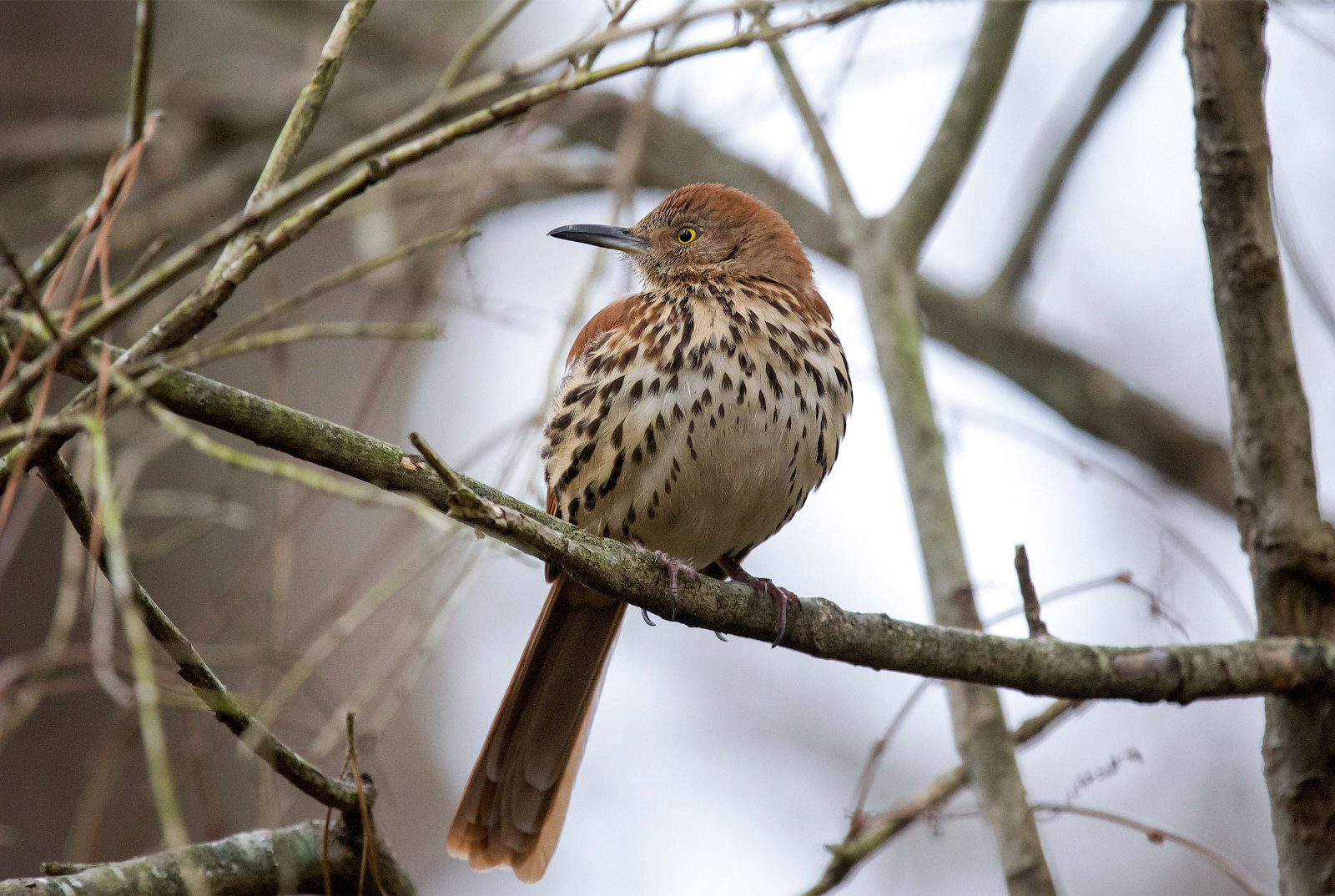Survival by Degrees: 389 Species on The Brink
Recent National Audubon Study Reveals Climate Change Threatens 64% Of North American Birds
In October 2019, National Audubon Society released a new study titled Survival by Degrees: 389 Species on the Brink. The report builds on Audubon’s 2014 Birds and Climate Change Report that revealed climate change is the number one threat to birds.
Audubon’s scientists continued to closely analyze this relationship using the latest climate science research methods and modeling, while significantly expanding their pool of data sources and bird records to capture a deeper, more extensive analysis of the effects of climate change on North American bird species.
The latest report shows that North American birds are more vulnerable than ever from rising temperatures and climate-related events like sea level rise, droughts, fires, and extreme weather.
The good news is that our science also shows that if we take action now, we can improve the chances for the majority of species at risk from climate change.
Our birds are telling us that it’s time to act now.
______________________________________________
Audubon’s new science shows that nearly two-thirds (389 out of 604) of North American bird species are at risk of extinction from climate change. The good news is that our science also shows that if we take action now, we can help improve the chances for 76% of species at risk.
______________________________________________
Connecticut’s birds
Jennifer Upchurch / Great Backyard Bird Count
In Connecticut, 71 out of 160 species are climate vulnerable in summer under the 3° C scenario, meaning they stand to lose more of their North American summer range than they would gain under a warming climate. Reducing emissions to l.5° C reduces the number of vulnerable species to 37. Impacts are somewhat lessened in winter, with 13 out of 144 species vulnerable.
_____________________________________________
Connecticut Species at Risk
These are the Connecticut birds that are most vulnerable to climate change.
Eastern Whip-poor-will
Piping Plover
Northern Goshawk
Yellow-bellied Sapsucker
Blue-headed Vireo
Fish Crow
Winter Wren
Hermit Thrush
Wood Thrush
Brown Thrasher
Field Sparrow
Dark-eyed Junco
White-throated Sparrow
Savannah Sparrow
Eastern Towhee
Bobolink
Boat-tailed Grackle
Worm-eating Warbler
Cerulean Warbler
Magnolia Warbler
Blackburnian Warbler
Chestnut-sided Warbler
Black-throated Blue Warbler
Pine Warbler
Black-throated Green Warbler
Canada Warbler
Scarlet Tanager
_____________________________________________
Five Climate Threats in Connecticut
The five primary climate-related threats in Connecticut are as follows:
Photo: Long Island Sound Study
Sea Level Rise
Urbanization
Extreme Spring Heat
Fire Weather
Heavy Rain
_____________________________________________
What can I do to help?
Brown Thrasher, American Black Elderberry / Will Stuart
Reduce your use of energy at home and ask your elected officials to support energy-saving policies that reduce the overall demand for electricity.





